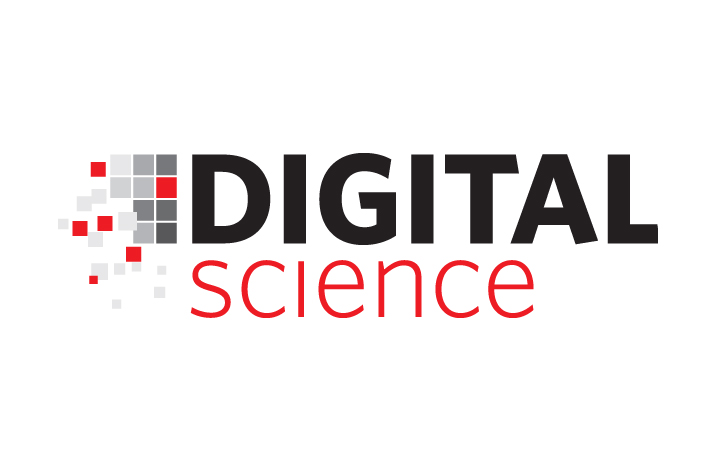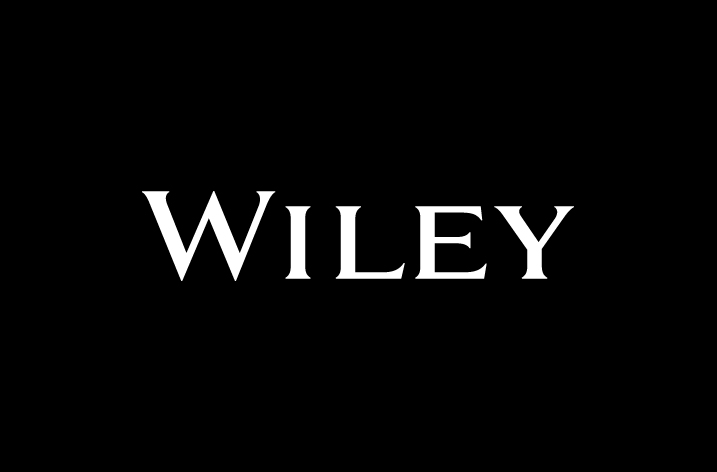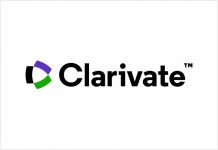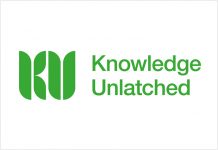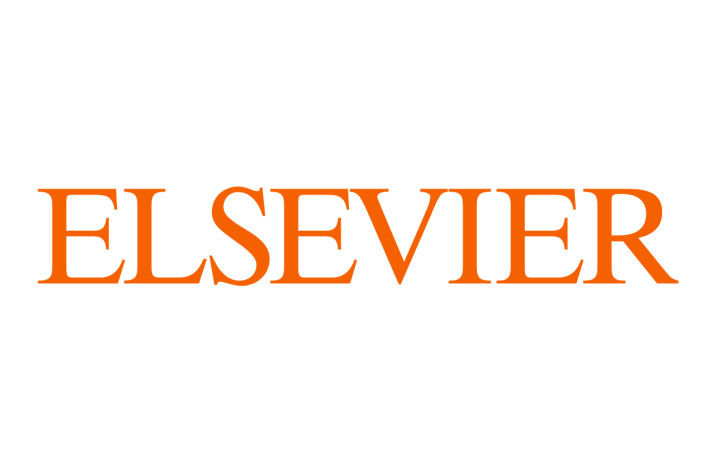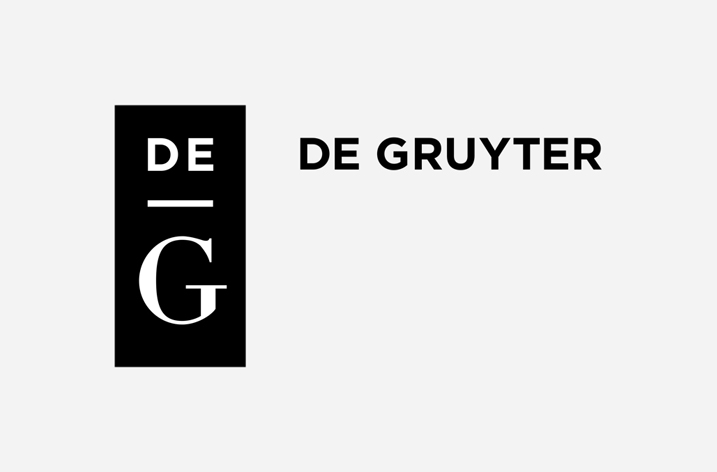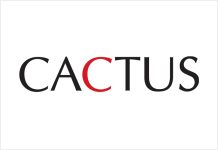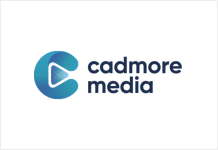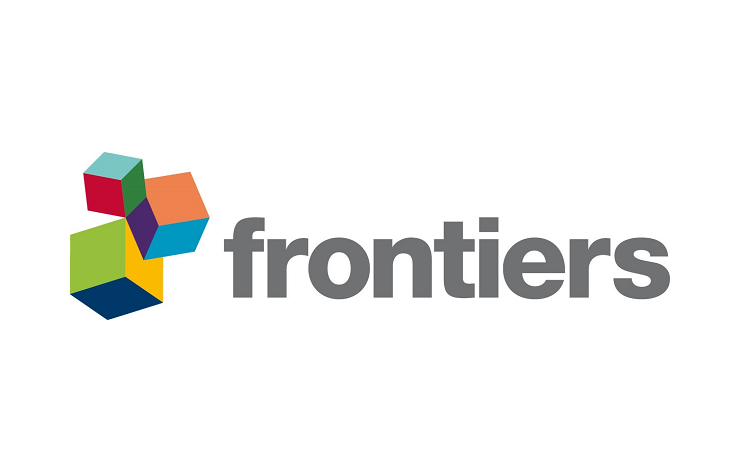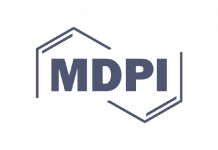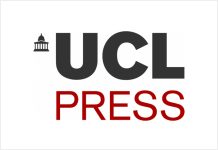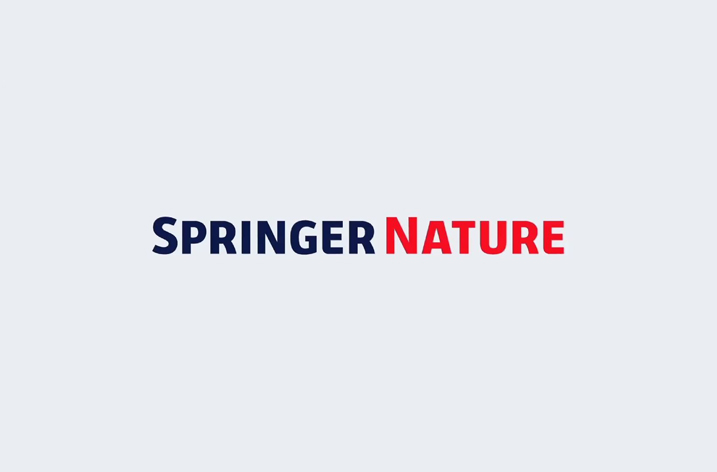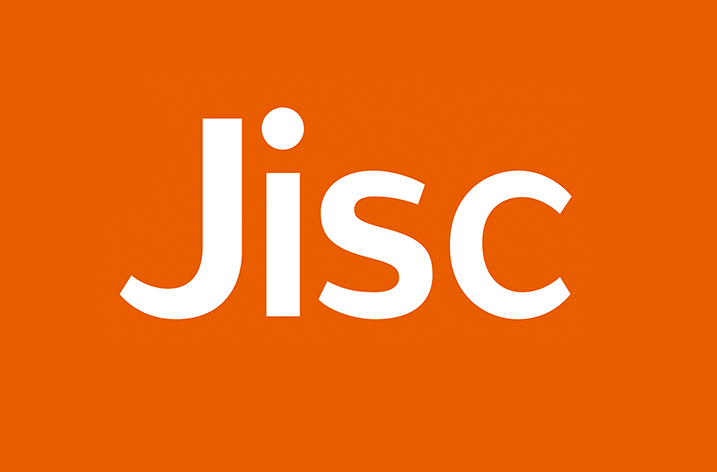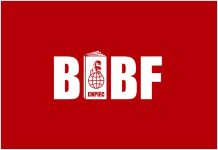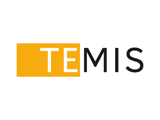
TEMIS, the leading provider of Semantic Content Enrichment solutions for the Enterprise, today announced the launch of Luxid® 7, the seventh generation of its flagship semantic content enrichment platform. With a new, significantly redesigned internal architecture, Luxid® 7 offers an even more scalable and robust semantic enrichment pipeline, and now also includes a dedicated ontology management tool, providing its users with an industry-first integrated workflow which is more powerful and more efficient.
An organization’s ontology – or its subset called taxonomy – describes the objects that are essential to its business (e.g. products, regions, projects, …) and their relationships. Semantic enrichment provides a scalable mechanism to recognize and capture the mentions of such objects and relationships – so-called triples – that are hidden in plain text. In recent years, ontologies and semantic enrichment have become critical to efficiently exploit unstructured content, but they are most often disconnected, requiring intensive, time-consuming, collaboration between domain experts, IT and linguistics experts, to ensure quality results. Luxid® 7 bridges this gap by providing an integrated workflow, thereby considerably reducing the associated time to market and overall costs.
“Luxid® 7 is a powerful and highly scalable semantic enrichment platform, yet it offers simple-to-use, intuitive interfaces for business users and subject matter experts, and easy-to-integrate REST Web Services,” said Daniel Mayer, VP Product & Marketing, TEMIS. “This means our customers can enjoy efficient, integrated workflows, all the while deploying the added value of semantics in all their applications in a fraction of the time required with a disconnected workflow,” he added. “Our intent is to accelerate adoption within customer organizations and make systems integrators more autonomous in delivering high quality services to their own customers.”
NLP-enabled ontology management workflow is simpler, more efficient, and more powerful
An entirely new component of the Luxid® platform, Luxid® Webstudio is a natively multi-user, collaborative web application enabling users to create, edit and maintain an ontology while governing the way ontological objects are recognized by the Luxid® semantic enrichment pipeline. It also leverages the platform’s Natural Language Processing layer to
- Preview in real time the results of the semantic enrichment process when applied to users’ corpus of documents. This enables users to rapidly see and correct gaps between ontology and real world semantic enrichment, directly within the Webstudio interface, for example by adding variants or adjusting extraction mechanisms.
- Suggest relevant objects mentioned in the user’s corpus that are not yet included in the ontology. This feature can be extended with any Skill Cartridge® to suggest new objects and relationships based on linguistic patterns, statistics, or machine learning. In this spirit, Webstudio also embeds a Wikipedia-based Skill Cartridge® that suggests synonyms for any given concept. These suggestions can help non Subject Matter Experts to build their own ontologies too.
These powerful features make end-users more autonomous in creating or maintaining an ontology and the corresponding semantic enrichment pipeline. This translates into a considerably simplified and accelerated workflow, enabling improved time-to-market and lower total cost of ownership.
Streamlined, Big Data architecture offers improved scalability and robust integration options
Luxid® Annotation Server is TEMIS’s flagship natural language processing pipeline. Supporting 20 languages and leveraging Skill Cartridges® – the specialized information extraction modules popularized by TEMIS – Luxid® Annotation Server lends itself to a broad range of usage scenarios thanks to its comprehensive range of information extraction engines based on syntactical, statistical, taxonomical, and machine-learning algorithms. In its 7th generation, the pipeline has also been rethought from the ground up to offer
- A simplified internal architecture exploiting a single data model that reduces overhead, improves CPU utilization and efficiently lends itself to a variety of scale-in and scale-out configurations, for real-time, high-availability or batch content processing applications. Luxid® Annotation Server plays well in both cloud and Big Data (Hadoop) deployments, and flexibly processes ever-increasing volumes of unstructured content.
- Comprehensive REST Web Services enabling easy integration into any application or workflow. Beyond information extraction itself, virtually all Luxid® features are accessible through Web Services, enabling rich integrations that work hand-in-hand with other applications such as content management systems, portals, search engines, archival and case management platforms, editorial workflow tools, as well as analytics applications.
Thanks to these evolutions, Luxid® 7 provides users with an unparalleled ability to add the value of semantic intelligence to their existing applications in complete coordination with their ontology or taxonomy management processes.
Luxid® 7 leverages TEMIS’s updated Skill Cartridge® Library, a range of off-the shelf, application-specific information extractors, and includes its Content Enrichment Studio suite of tools, ensuring the industrial creation, maintenance and quality evaluation of Skill Cartridges®. Luxid® 7 is a powerful tool for the Luxid® Community, enabling users in a matter of minutes to import any thesaurus or taxonomy and consequently populate the website’s Marketplace with new and innovative annotation resources.
Webinar and Early Access Program
Luxid® 7 will be showcased by TEMIS during a dedicated webinar on July 17th (please register here) and will simultaneously be made available through TEMIS and its network of partners and system integrators. TEMIS is also launching a SaaS Early-Access program that offers customers interested in fast-track access to the product a convenient way to evaluate it. Interested parties are invited to make themselves known to their regular TEMIS point of contact or through TEMIS’s contact page.



